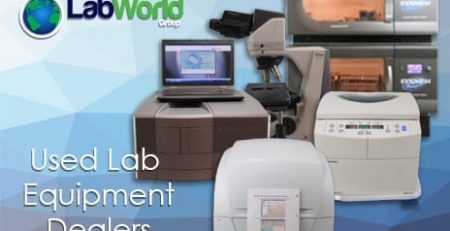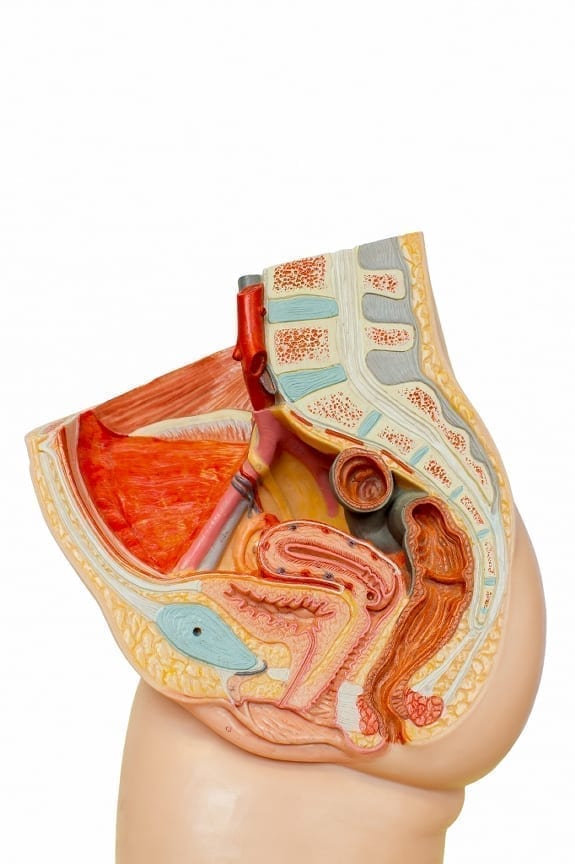00 items
A hundred years ago people couldn’t imagine TV, 20 years ago if you asked someone if we could print human organs, 99.9999% (you get the idea) of people would have said no. In a previous blog (Growing Body Parts), we told you about a process where porous materials were being used along with a person’s cells to basically grow organs and body parts. Long story short, you take the special polymer, put it in a bioreactor with some cells, let the cells multiply, attach it to the body to test it out for a while and presto a new body part or organ. I know I made tons of hard and complex work sound simple, but that is the basic idea.
However, what if it was even easier? What if you could take a 3-D bioprinter and create an organ right when it was needed, almost instantly. The types and methods of surgery would radically change and you would basically be doing them with the persons own cells. Organovo, founded by Gabor Forgacs and his team from the University of Missouri, Columbia.
The basic idea is that human cells are taken and shaped into tissue through the bioprinter. The bioprinter uses a liquid filed with human cells. The liquid is stacked into multiple layers which is held together by a special gel. The gel holds the cells together long enough to allow nature to takes its course. At that point the cells begin to form into actual tissue just like when a human is developing. However, the biggest problem is the thickness of the tissue. The natural makeup and idea makes it tough for the bioprinter to continue to work as the thickness of the tissue increases.
The company has received multiple patents and is considered a leader in this field. Many other companies and universities have started to throw resources at this same idea. However, Organovo seems to continue to lead the pack. While I am a little worried about the idea of people being made in a bioprinter the lifesaving prospects of such a tool sound incredible.
Check out Gabor Forgacs presentation at TEDMED
Related Posts

UK Beats Own Renewable Energy Record for the Second Time in a Year
For the second time in 2017, the UK has broken its own record for the highest percentage of electricity generated... read more

Asthma Drug Found to Slow Multiple Sclerosis Progression
It’s no longer shocking to hear that medications initially designed to treat one symptom have the unintended benefit of being... read more

What is CRISPR?
Google the term “CRISPR” and over 7,000,000 results will appear in less than half a second. But what is CRISPR... read more

Holiday Heart Attacks
New Study Finds Odds of Having a Heart Attack Increase on Christmas Eve“Surviving the holidays” is a saying commonly used... read more

Stamina Trumps Strength When it Comes to Improving Metabolic Health
According to a new study recently published in JAMA Network Open, researchers found that “people’s aerobic endurance - or lack... read more

MDMA Could Become Legal Medication
MDMA, or 3,4-Methylenedioxymethamphetamine, which is the main ingredient in ecstasy, could potentially have medicinal uses. A network of researchers is... read more

Microplate Readers and Their Functions
Previously, we’ve gone over the differences between a spectrophotometer and a microplate reader. In today’s article, we’ll dive deeper into... read more

Used Lab Equipment Dealers
It’s no secret that lab instruments represent the biggest slice of any lab’s budget. Because laboratory equipment is not only... read more

Using Plants to Uncover Dead Bodies
Botany as a crime-fighting tool? Professor Neal Stewart of the University of Tennessee believes it’s possible, and could potentially become... read more

Selling My Lab Equipment and Feeling Good About It
One of the questions you may often come across at your lab is "How do I sell my lab equipment?"... read more




